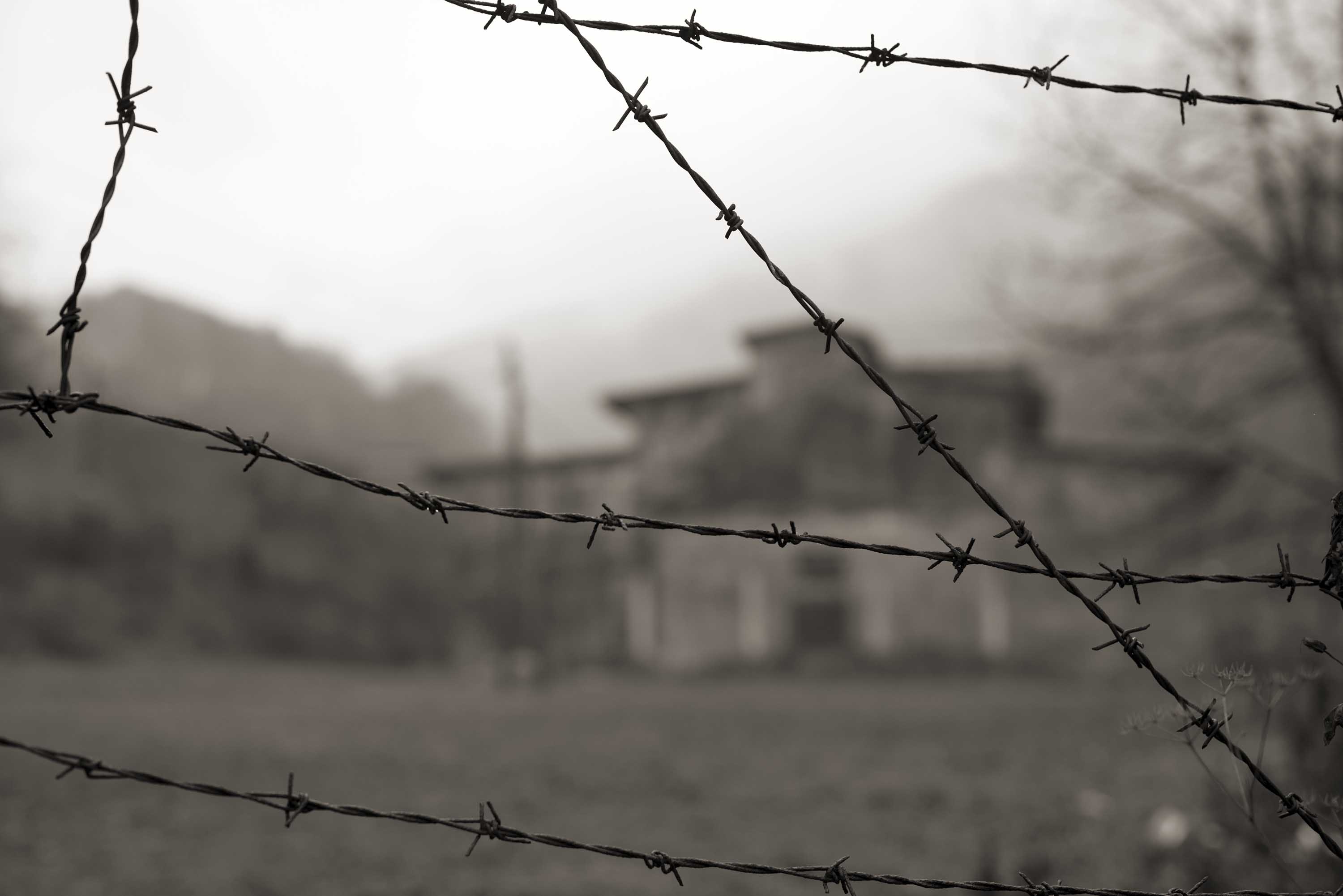kultura sjećanja
| culture of remembrance |
kultura sjećanja
| culture of remembrance |
PODACI:
Busovača, Silos Camp
Mjesto/lokacija: Busovača, local community Kaćuni
Entitet: Federation of Bosnia and Hezegovina
Etnička grupa: Predominantly Croats
Žrtve su sa područja:
Busovača, Kiseljak i Fojnica
Poznate komemoracije:
13 September, Day of closing camp
Druge informacije:
In early 1993, a silo in the vicinity of the Kaćuni village (Busovača municipality) was turned into a camp for prisoners – soldiers and civilians, predominantly Croats. The Army of the Republic of BiH controlled the camp. Former camp detainees have testified that they were physically and mentally abused and forced to carry out Muslim rituals and prayers. The camp was in existence for approximately a year and a half and during that time approximately a hundred people from the Busovača, Kiseljak and Fojnica municipalities passed through it.
To date, no litigation has been initiated regarding this camp.
There is no marking at the location indicating that it is the former site of a camp. There were initiatives to mark the site but after it was privatised the new owner rejected the idea.
Izvor podataka: Association of Croat Camp Detainees of the Homeland War in BiH , Local partners, Fieldwork
Fotografisano: 24 November 2012
Mapa:

Busovača, Silos Camp
PODACI:
Busovača, Silos Camp
Mjesto/lokacija: Busovača, local community Kaćuni
Entitet: Federation of Bosnia and Hezegovina
Etnička grupa: Predominantly Croats
Žrtve su sa područja:
Busovača, Kiseljak i Fojnica
Poznate komemoracije:
13 September, Day of closing camp
Druge informacije:
In early 1993, a silo in the vicinity of the Kaćuni village (Busovača municipality) was turned into a camp for prisoners – soldiers and civilians, predominantly Croats. The Army of the Republic of BiH controlled the camp. Former camp detainees have testified that they were physically and mentally abused and forced to carry out Muslim rituals and prayers. The camp was in existence for approximately a year and a half and during that time approximately a hundred people from the Busovača, Kiseljak and Fojnica municipalities passed through it.
To date, no litigation has been initiated regarding this camp.
There is no marking at the location indicating that it is the former site of a camp. There were initiatives to mark the site but after it was privatised the new owner rejected the idea.
Izvor podataka: Association of Croat Camp Detainees of the Homeland War in BiH , Local partners, Fieldwork
Fotografisano: 24 November 2012
Mapa:



